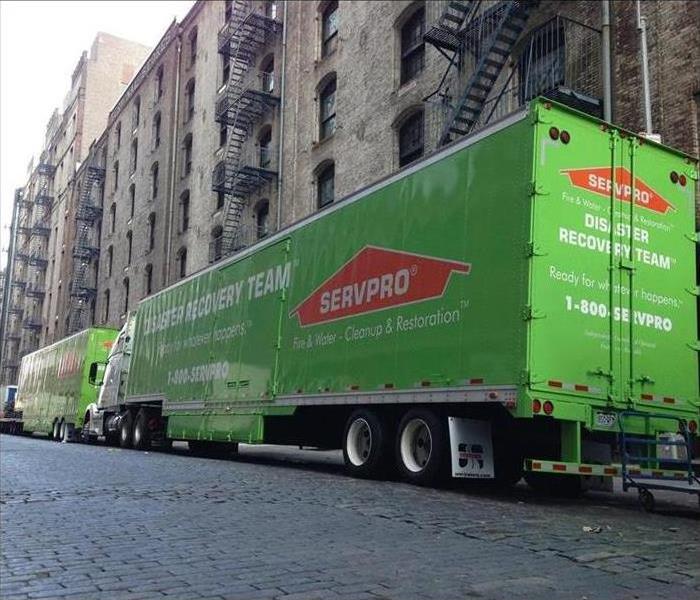Types of Water Losses
3/21/2017 (Permalink)
 Have you experienced a commercial water loss? Contact the professionals at SERVPRO of Fernandina Beach/Yulee to evaluate the situation.
Have you experienced a commercial water loss? Contact the professionals at SERVPRO of Fernandina Beach/Yulee to evaluate the situation.
How Water Loss Affects Your Business
When evaluating the types of water damage and how they affect an emergency water removal situation on commercial property, it helps to know that water losses fall into three categories: clean water, gray water and black water. Once these categories are determined, it is easier to introduce the proper drying techniques, and it helps to designate what items can and cannot be restored. Here’s some specific information about the three types of water losses.
Category 1: Clean Water
This water originates from a source that does not pose substantial harm to humans. It may include broken water supply lines, sink overflows with no contaminants, appliance malfunctions involving water supply lines, melting snow, falling rain water, broken toilet tanks, and toilet bowls that do not contain contaminants or additives. If left untreated for 72 hours, Category 1 water becomes Category 2 water. This further enforces the fact that reaction time is a key factor when dealing with the various types of water damage.
Category 2: Gray Water
Gray water contains a significant level of contamination. If humans consume this water, it has the potential to cause discomfort or illness. Category 2 water carries microorganisms and nutrients for microorganisms. Sources may include discharge or overflows from dishwashers, washing machines or toilet bowls (with some urine but no feces); sump-pump failures; seepage due to hydrostatic pressure; and broken aquariums.
Gray water may contain chemicals, bio-contaminants and other forms of contamination, including physical hazards, and is not suitable for consumption. Carpet pads affected with Category 2 water must be removed and disposed of properly. Even carpet that is salvaged must be cleaned with hot-water extraction. If left untreated, Category 2 water becomes Category 3 water in 48 hours or less.
Category 3: Black Water
Category 3 water includes sewage and other contaminated water sources that enter or affect the indoor environment. Sources could range from toilet backflows that originate beyond the toilet trap to all forms of flooding from sea water, ground surface water, and rising water from rivers and streams. These types of water carry silt and organic matter into structures and create black water conditions. Whenever a sewage backflow occurs, the health of workers and occupants should be the primary concern. Always remove and properly dispose of carpet and padding that has been affected by a Category 3 water loss.
When it comes to different types of water damage, the experts at SERVPRO can help you evaluate the various types of water loss and how they should be treated. Put your trust in the experienced professionals.






 24/7 Emergency Service
24/7 Emergency Service